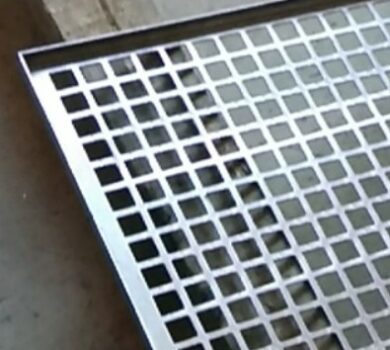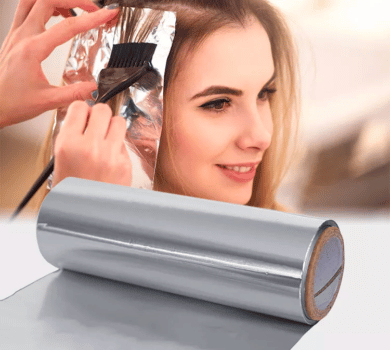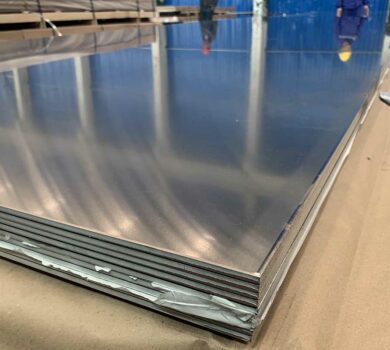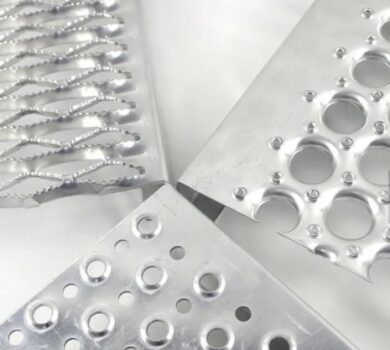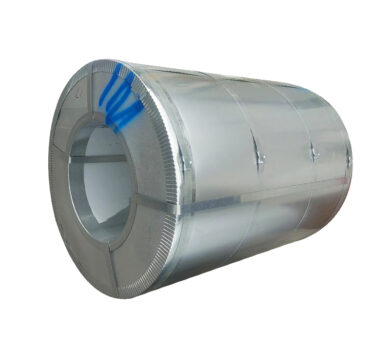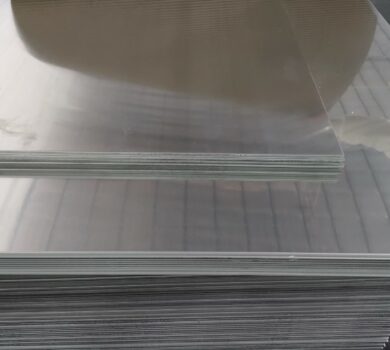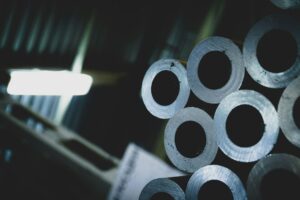It mainly includes casting, extrusion and coloring (coloring mainly includes oxidation, electrophoretic coating, fluorocarbon spraying, powder spraying, wood grain transfer, etc.).

- Melting and casting is the first process of aluminum production.
The main process is as follows:
(1) Ingredients: according to the specific alloy brand to be produced, the addition amount of various alloy components can be calculated, and various raw materials can be reasonably matched.
(2) Smelting: the raw materials are melted in the melting furnace according to the process requirements, and the impurities and gases in the melt are effectively removed by degassing and slag removal refining.
(3) Casting: the molten aluminum is cooled and cast into round casting rods of various specifications through deep well casting system under certain casting process conditions.
- Extrusion:
Extrusion is a means of forming profiles. Firstly, the die was designed and manufactured according to the profile product cross-section, and the heated round casting bar was extruded from the die by using an extruder. In order to complete heat treatment strengthening, an air cooling quenching process and subsequent artificial aging process are also used in the extrusion of 6063 alloy. The heat treatment system of different grades of heat treatable strengthening alloys is different.
- Coloring (here we mainly talk about the oxidation process)
Oxidation: the surface corrosion resistance of extruded aluminum alloy profile is not strong, so it is necessary to conduct surface treatment through anodic oxidation to increase the corrosion resistance, wear resistance and appearance beauty of aluminum. Almost all the high compartment aluminum profiles produced by Jiange high compartment aluminum profile factory are oxidized.
The main process is as follows:
(1) Surface pretreatment: chemical or physical methods are used to clean the profile surface to expose the pure matrix, so as to obtain a complete and dense artificial oxide film. Mirror or matte (Matt) surfaces can also be obtained by mechanical means.
(2) Anodizing: Anodizing occurs on the surface of the profile after surface pretreatment under certain technological conditions, resulting in a dense, porous and strong adsorption Al203 film.
(3) Sealing: sealing the pores of the porous oxide film formed after anodizing, so as to enhance the anti pollution, anti-corrosion and wear resistance of the oxide film. The oxide film is colorless and transparent. By using the strong adsorption of the oxide film before sealing, some metal salts are adsorbed and deposited in the film hole, which can make the profile surface show many colors other than the natural color (silver white), such as black, bronze, golden yellow and stainless steel color.
